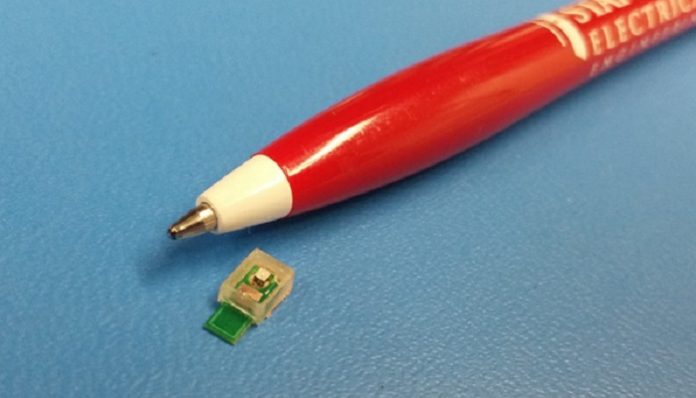Science makes its move and the researchers have come up with a new generation medical device that would monitor the biological processes of the body to initiate pinpoint therapies for treating illness and pain.
In a move to make it the smallest, the researchers want to plant this device inside human body. The only hurdle is to provide power to these chips has now been solved as the scientists are considering ideas to provide energy without batteries or wires.
Importantly the device is put to use to: convert the incoming sound waves into electricity; process and execute medical commands; and report the completed activity via a tiny built-in radio antenna.
The ultrasound powered wireless implants are used because it has been safely used in many applications, such as fetal imaging, and can provide sufficient power to implants, a millimeter or less in size.
Till now, the chip is powered by “piezoelectricity,” a word for electricity generated by pressure.
The current size of the device is that of the head of a ball point pen. The vision is to create a next generation device which is one-tenth of the current size. The ultimate aim is to produce tiny devices that could be used to build a network of electrodes to examine brains of experimental animals.
Testing many other applications particularly those associated with bio-sensing and stimulation using this basic technology to wirelessly power small implants is being exploited.
























